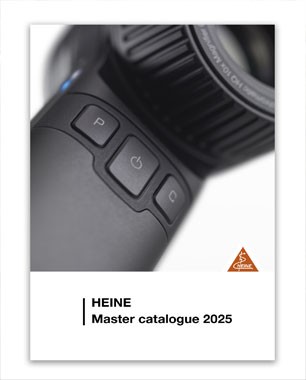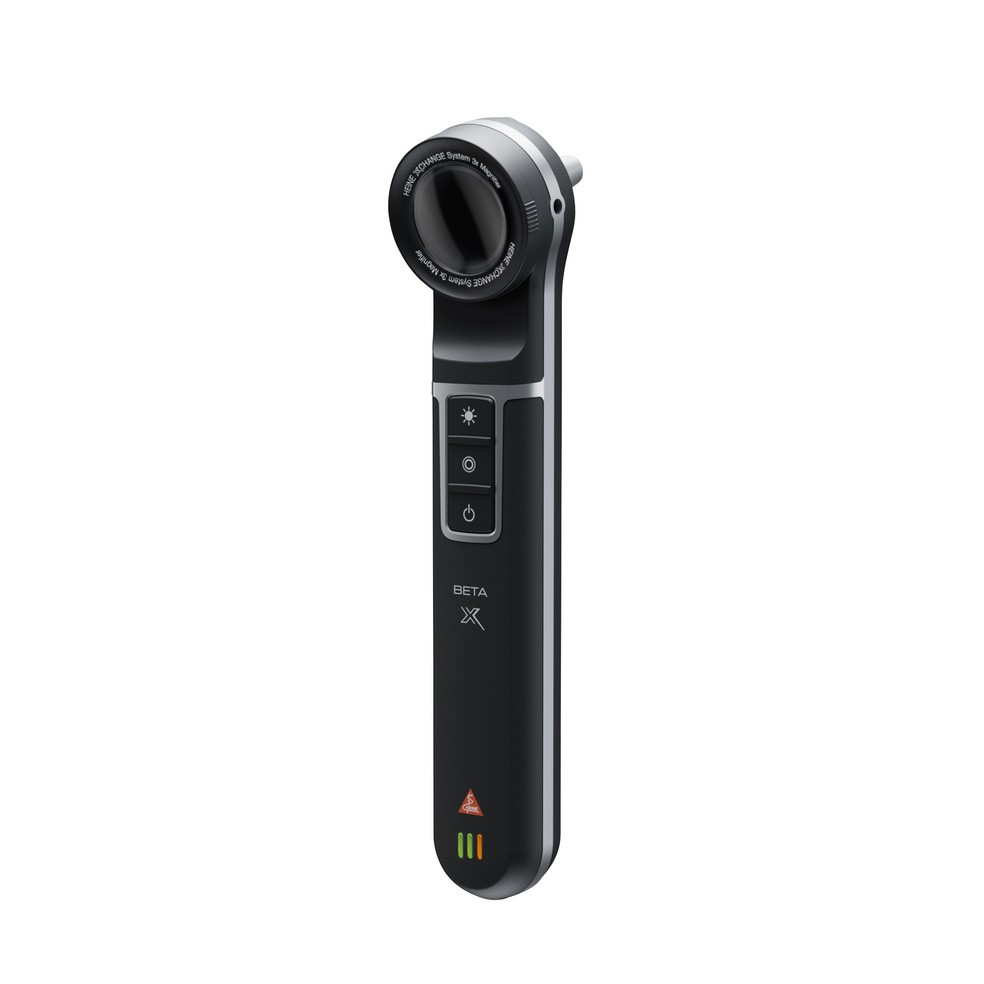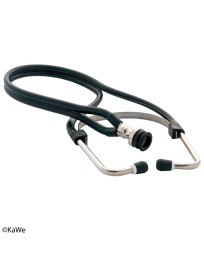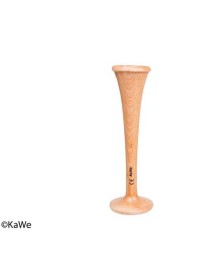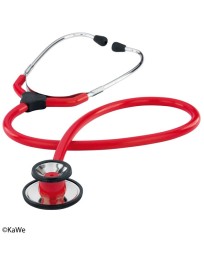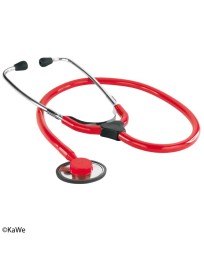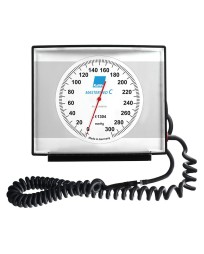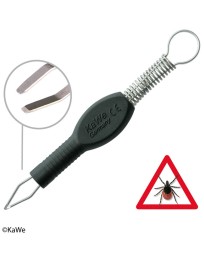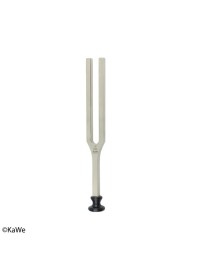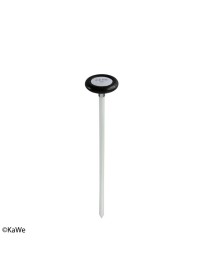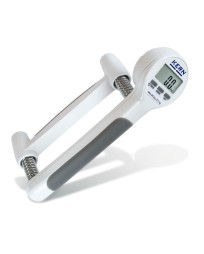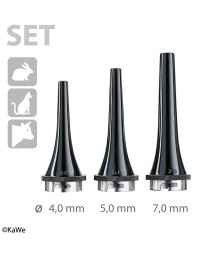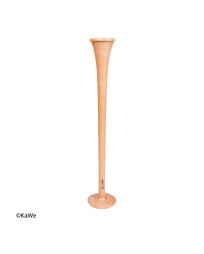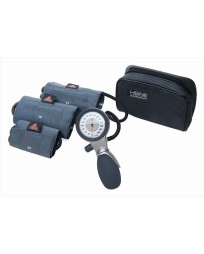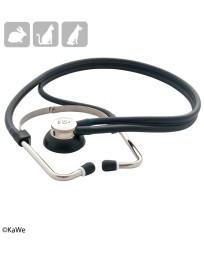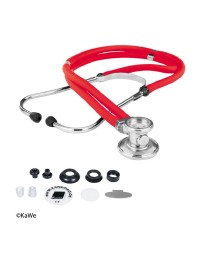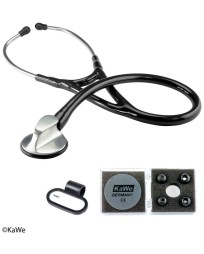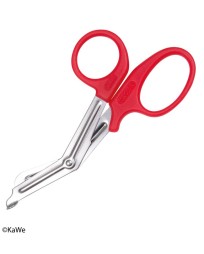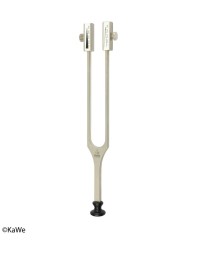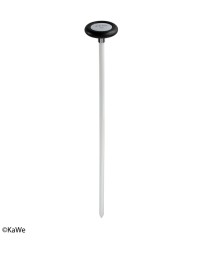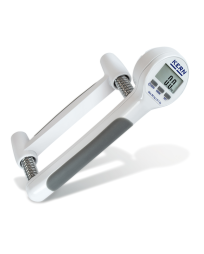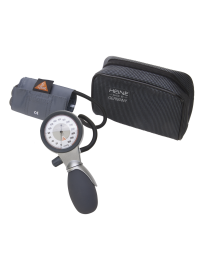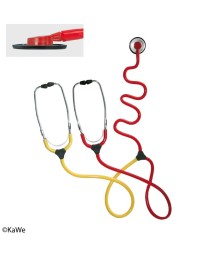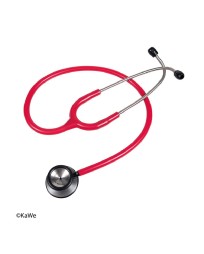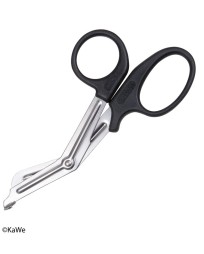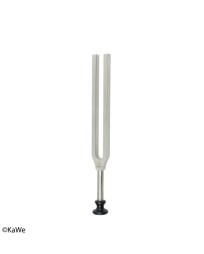Revolutionize Rehabilitation with the KERN MAP Hand Grip Dynamometer
Your Partner in Precision and Progress
Elevate the standard of care in rehabilitation centers with the KERN MAP Hand Grip Dynamometer, designed to precisely determine manual clamping force. This innovative tool empowers healthcare practitioners, therapists, and their patients by providing accurate and actionable insights into hand strength and recovery progress.
Key Features KERN MAP:
Accurate Measurement: The KERN MAP Hand Grip Dynamometer is a cutting-edge device engineered to provide precise and reliable measurements of manual clamping force. It ensures that rehabilitation efforts are tailored to the individual's needs and progress.
Rehabilitation-Focused Design: Crafted with rehabilitation centers in mind, this dynamometer features an ergonomic design that promotes comfort during assessments and exercises, making it a valuable addition to any therapy program.
Digital Display: The intuitive digital display simplifies the measurement process, allowing healthcare professionals to focus on the patient's progress and well-being. Patients can also see their improvement, providing motivation and engagement.
Extensive Range of Applications: From post-surgical recovery to stroke rehabilitation, the KERN MAP Dynamometer can be used for a wide range of conditions. It helps therapists track and adjust treatment plans for optimal outcomes.
Data Storage and Analysis: The device conveniently stores patient data, allowing therapists to track progress over time. This information is invaluable for adjusting therapy regimens and providing evidence-based results.
Multiple Units of Measurement: The KERN MAP Dynamometer supports various units of measurement, ensuring compatibility with global rehabilitation standards.
Battery-Powered: The dynamometer is powered by long-lasting batteries, ensuring that it's ready for use when needed, without interruptions in patient care.
Benefits KERN MAP:
Personalized Rehabilitation: Tailor rehabilitation programs to the specific needs and progress of each patient, optimizing the chances of successful recovery.
Patient Engagement: The digital display and the ability to see progress over time can motivate and engage patients actively in their rehabilitation journey.
Accurate Assessments: Conduct precise assessments of patients' manual clamping force, allowing for better tracking and documentation of their progress.
Evidence-Based Therapy: Use data recorded by the dynamometer to create therapy plans that are grounded in measurable, objective outcomes.
The KERN MAP Hand Grip Dynamometer for manual clamping force assessment is not just a tool; it's a beacon of hope for patients on their rehabilitation journey. It ensures that therapy plans are based on real progress and helps individuals regain their strength and independence.
Elevate the level of care in your rehabilitation center with the KERN MAP Hand Grip Dynamometer – the key to accurate, data-driven recovery. Make every clamping force count. Invest in precision. Invest in progress.


